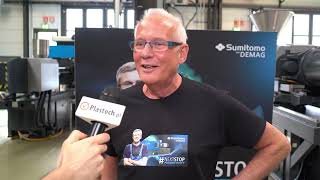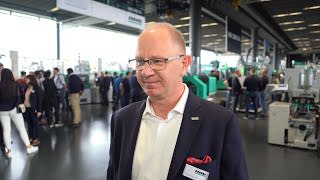By sequential repetition of this process, considerable material volumes can be removed from almost all electrically conductive electrode materials. The processes of die sinking EDM and wire EDM are differentiated. In the first case, one of the electrodes corresponding to the required end geometry of the typically three-dimensional cavity, is sunk into the workpiece material, and in the second case a maximum two-dimensional geometry is cut out of a workpiece with a retracting wire electrode.
In principle, almost all electrically conductive materials can be machined by the EDM process. On the basis of the underlying functional principle, the EDM process is independent of material hardness and, to a large extent, is independent of the material composition of the workpiece. In combination with negligible machining power, this results in particular characteristics, which have predestined the process for tool and mold making in the past and for which up until now no alternative method has been found.
The methods that really compete with each other in tool and mold making are die sinking EDM and high-speed milling. Both methods can be used primarily to produce complex three-dimensional cavities and mold cores for injection or die casting molds as well as for the manufacture of forging punches and dies, compression molds, forming punches, sintering press molds and blow molds.
High-speed machining has become particularly established in the production of graphite and copper electrodes and is, from this point of view, also a complementary method to die sinking EDM.
The operating costs of die sinking EDM machines are largely the same as those of high-speed milling machines, provided that machines of the same category are compared with each other.
An important factor in this comparison is taking into consideration the costs of tools (milling tools, electrode production), auxiliary materials (dielectric, oil for minimum quantity lubrication) replacement and exchange parts (spindles), waste disposal (dielectric, chips, sludge, etc.).
While wire cutting EDM with executed cutting electrodes is now to a great extent unrivalled in the production of punching and cutting dies, die sinking EDM and high-speed milling meet each other directly as competing production methods in many areas of application.
Nevertheless, the question of advantages and disadvantages of die sinking and high-speed milling in tool and mold making can not be answered conclusively. Despite the massive advantages of highspeed milling, special geometry elements remain, which limit this method. In this respect, both state-of-the-art methods should be regarded as complementing each other.
Synergy in tool and mold making
- Pages:
- 1
- 2


